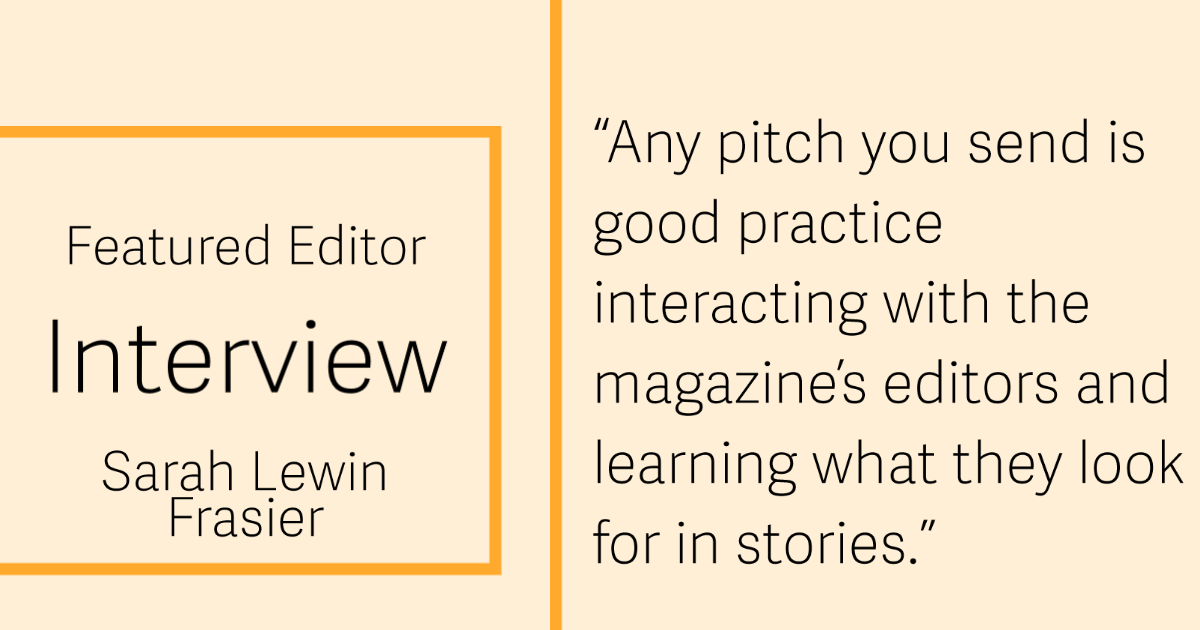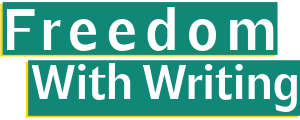
Sarah Lewin Frasier is assistant news editor of the renowned Scientific American. Sarah plans, assigns and edits the Advances print magazine section, as well as edits its online news. She holds a university degree in science, health and environment reporting. Here, she is in a conversation with Viney Kirpal, personal essay and health writer.
VK: Thank you, Sarah, for agreeing to this interview. May I begin with: What does the title Scientific American signify?
SLF: Scientific American is the oldest continuously-published magazine in the United States; it has focused on describing significant developments in science and technology for more than 176 years. The format has changed a lot—the first issues are full of patent diagrams and advice for inventors—but today we still aim to describe to a general audience the most important new discoveries and trends in all areas of science. Our articles help readers better understand the science of the world around them.
VK: Who are your preferred authors? What sources do you want your writers to use?
SLF: Our print features are typically written either by scientists working in a particular field or experienced journalists who craft stories about science. For the short print news section called Advances that I edit, and our online news, many authors have a scientist background, but we are primarily looking for journalists with practice writing about science. We also have an Opinion section on our website, and a couple of columns in the magazine, where experts write about their own work or trends they see in the field.
New writers usually start off writing short online news or for Advances. Those stories often cover a single, timely study—something that has happened in the past month or so—that has not been covered widely elsewhere in media. Our journalist-written stories feature interviews with scientists conducting studies (or directly connected with whatever is being discussed) as well as outside experts who are not involved with the work. These stories can also include interviews with others who can help provide a context for a fresh development and its significance but don’t fit into either category.
VK: Can contributors world-wide write about path-breaking work done in any part of the globe, or only about research published in America?
SLF: Although the magazine is called “Scientific American,” we are interested in covering important discoveries and work around the world. Prospective writers should be careful to include clear detail about a story’s broader global significance—why it’s an important case study for the rest of the world or might show the shape of future developments elsewhere. Or it’s something that’s just really, really cool regardless of where you are reading from.
VK: The goal of Freedom with Writing (FWW) is to help new writers become better journalists who get a break into well-known publications [such as yours]. What advice do you have for them?
SLF: If you hope to write for a particular outlet, look through their website carefully to get a sense of the types of stories they cover and what might be a good fit. As a new writer, you are best served to find a story that you are uniquely qualified to discuss or that others would be unlikely to have found already—whether it’s something in an obscure specialty journal or a development with global significance happening where you live. It’s also helpful if there’s not a quick-turnaround component, since we haven’t worked with you before and want to allow enough time for back-and-forth and edits. Be sure to check whether there has been other coverage already, whether on our site or elsewhere—and if so, describe how your take will bring something that was missing from previous coverage. Remember that your pitch is the first impression editors will get of you, so be sure to write engagingly and clearly about the story you’re proposing.
VK: Yes. By the way, when you ask for a 4-paragraph pitch, do you want an Abstract, as with scientific research articles or what?
SLF: There are many ways to write a pitch, but the key is to provide an understandable explanation of what you’d like to write about—written for a lay audience—as well as clear information about why you are a good person to cover the story and whether there has been any other coverage. One way that can work well is to start out as if you’re writing the story—setting the scene and describing an intriguing result—before digging into the background information mentioned above.
VK: How about a live example?
SLF: A Scientific American pitch example I like to share, compiled by the wonderful Open Notebook pitch database, can be found here: https://www.theopennotebook.com/pitch/the-brain-senses-touch-beyond-the-body/. While it’s a little longer than we ask for, you can see the key parts of a good pitch: an intriguing summary of the study, necessary background information, why it is a good fit for the publication and why this author is a good fit for writing it. However, pitches of many different forms can work, as long as they are well-written and intriguing, and the study is a good fit for coverage—if an editor’s interest is piqued but they need more information, they will write you and ask!
VK: This one is a rather thought-provoking story the writer has pitched.
SLF: Yes, but I want to make it clear that the pitches overall don’t have to be as technical as this one; it just shows a good pitch structure. I recommend looking up other successful Scientific American pitches at that Open Notebook link for comparison, or following the more casual structure I described above.
And don’t get discouraged if a pitch is turned down; many times it’s just based on circumstances. The editors may not have time for the story, we may have just published something too similar, or we may have a related story in the works already. Any pitch you send is good practice interacting with the magazine’s editors and learning what they look for in stories. You are welcome to pitch me anytime at sarah.frasier@sciam.com; if I’m not the right editor to consider your pitch, I will forward it along.
VK: Thank you for explaining the goal of Scientific American and inviting FWW readers to write for you. It was a great experience listening to you. Thank you once again, Sarah.
